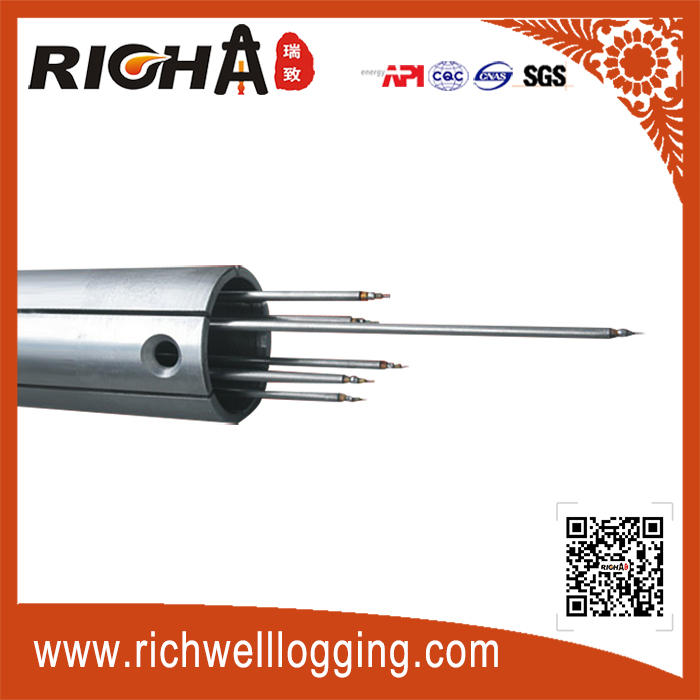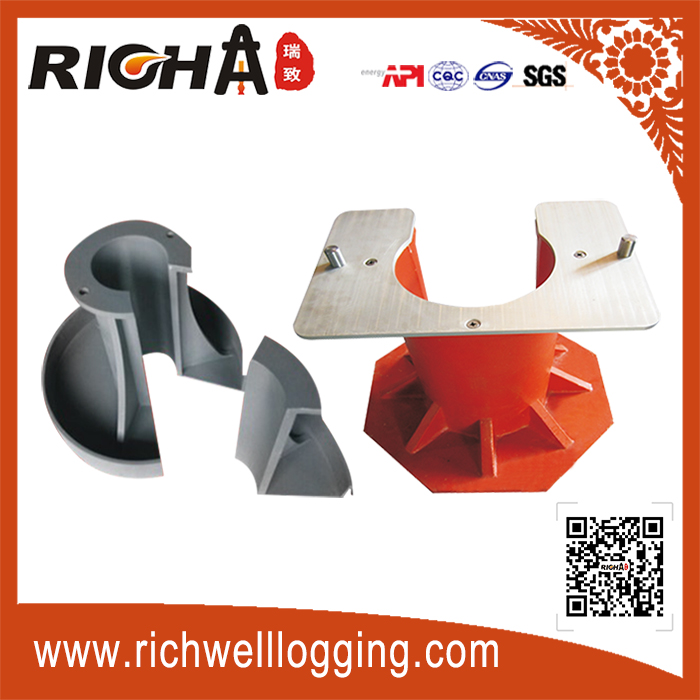Consultation Hotline:13629207777(WeChat Same Account)
Quality supervision:15229006666
After-sale service:029-86670108
Email:info@richwelllogging.com
Address:No. 388 Caotan 9th Road, Xi'an Economic and Technological Development Zone
Explanation of Pressure Terminologies in Drilling Operations
In drilling engineering, understanding various pressure-related terms is essential to ensure safe and efficient operations. This document provides detailed explanations of common pressure concepts encountered during drilling.
1. Hydrostatic Pressure
Hydrostatic pressure refers to the pressure exerted by the drilling fluid due to its own weight in the wellbore. It is calculated using the formula:
P=ρ⋅g⋅hP = \rho \cdot g \cdot hP=ρ⋅g⋅h
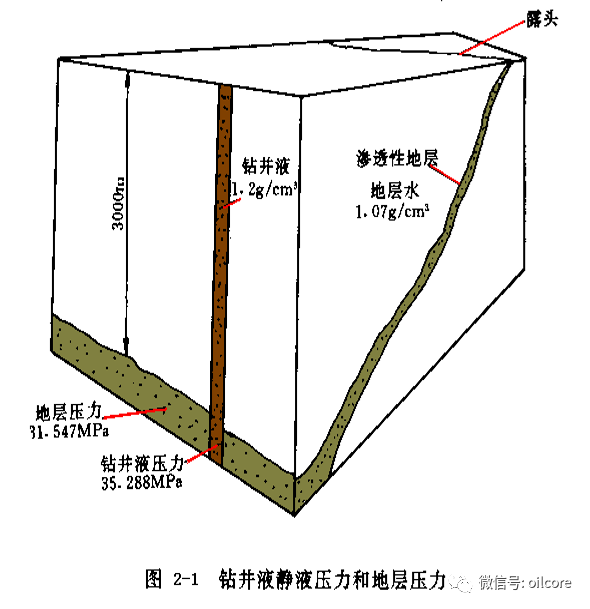
Where:
PPP: Hydrostatic pressure (MPa)
ρ\rhoρ: Drilling fluid density (g/cm³)
ggg: Gravitational acceleration (~9.8 m/s²)
hhh: Vertical depth of the well (m)
Functions:
Prevents formation fluids from entering the wellbore
Maintains wellbore stability
Controls bottom hole pressure (BHP)
2. Equivalent Circulating Density (ECD)
During circulation, frictional pressure loss increases the bottom hole pressure above the static level. Equivalent Circulating Density (ECD) is used to represent the effective density accounting for this additional pressure.
The formula is:
ECD=ρ+ΔPfriction0.00981⋅DECD = \rho + \frac{\Delta P_{friction}}{0.00981 \cdot D}ECD=ρ+0.00981⋅DΔPfriction
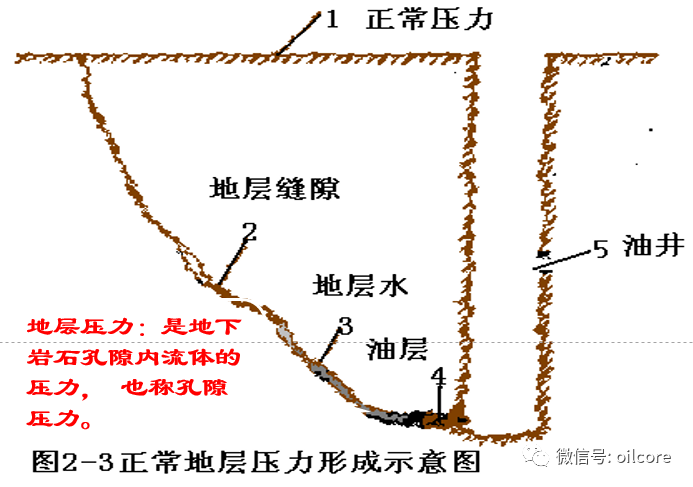
Where:
ΔPfriction\Delta P_{friction}ΔPfriction: Frictional pressure loss during circulation (MPa)
DDD: Measured well depth (m)
0.00981: Unit conversion constant
Significance:
ECD is critical for assessing real-time bottom hole pressure
Essential for well design, especially in high-pressure or low-fracture-gradient formations
3. Surge Pressure
Surge pressure is a transient pressure spike generated when running tools (e.g., casing, drill string) into the hole too quickly, displacing drilling fluid downward.
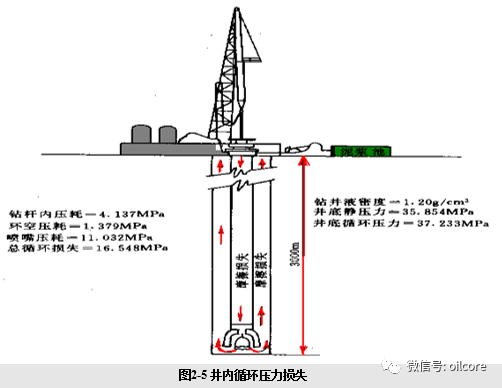
Characteristics:
Occurs during rapid tool insertion
Can cause formation breakdown or lost circulation
In extreme cases, may lead to well control incidents
Prevention:
Run tools slowly
Optimize tool and wellbore clearance
Use drilling fluids with suitable rheology
4. Swab Pressure
Swab pressure occurs when pulling the drill string or tools out of the hole, creating upward fluid movement and negative pressure at the bottom of the well. This may lead to formation fluid influx (kick).
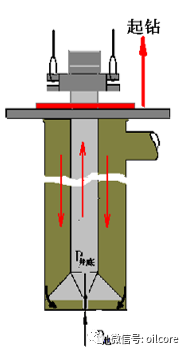
Influencing factors:
Pulling speed
Tool diameter
Drilling fluid viscosity and flow characteristics
Wellbore geometry
Control measures:
Pull out slowly
Maintain wellbore pressure with mud pumps if needed
Monitor for signs of influx during trips
5. Bottom Hole Pressure (BHP)
Bottom Hole Pressure is the total pressure acting at the bottom of the wellbore, consisting of:
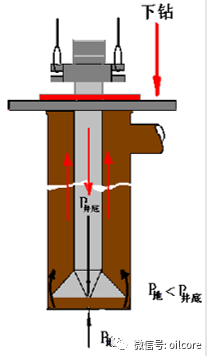
BHP=HydrostaticPressure+FrictionalPressureLoss+Surge/SwabPressureBHP = Hydrostatic Pressure + Frictional Pressure Loss + Surge/Swab PressureBHP=HydrostaticPressure+FrictionalPressureLoss+Surge/SwabPressure
Alternatively expressed as:
BHP=ECD⋅0.00981⋅DBHP = ECD \cdot 0.00981 \cdot DBHP=ECD⋅0.00981⋅D
Importance:
Maintains well control and safety
Prevents kicks and blowouts
Ensures proper hole cleaning and mud circulation
6. Importance of Managing Drilling Fluid Density
Drilling fluid density directly influences both hydrostatic pressure and ECD, and thus plays a key role in controlling bottom hole pressure.
Optimal condition:
Formationporepressure<Hydrostaticpressure<FormationfracturepressureFormation pore pressure < Hydrostatic pressure < Formation fracture pressureFormationporepressure<Hydrostaticpressure<Formationfracturepressure
If the density is too low:
Insufficient hydrostatic pressure
Risk of formation fluid influx (kick or blowout)
If the density is too high:
Exceeds fracture pressure of the formation
Causes lost circulation, wellbore instability, and operational hazards
- China National Petroleum Corporation Maintains Stable Operations in the First Half of 2020
- Downhole Fiber Optic Sensing AUT-F100 for Oil and Gas
- Drilling Fluid Drilling: A Critical Step in Oil and Gas Exploration
- Testing of Composite Insulators in Operation
- Criteria for Evaluating the Quality of Insulators




